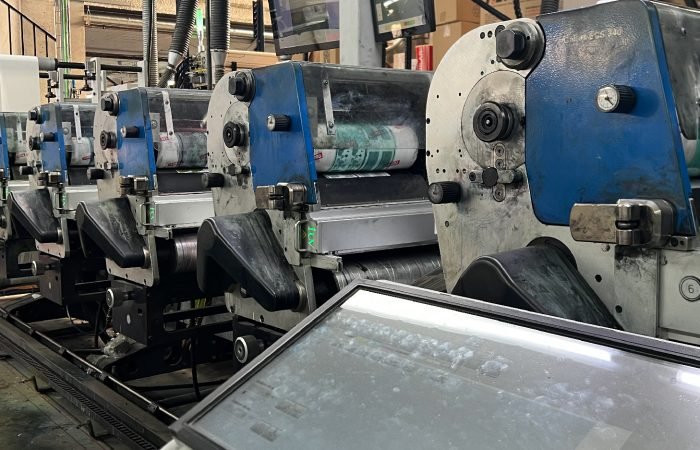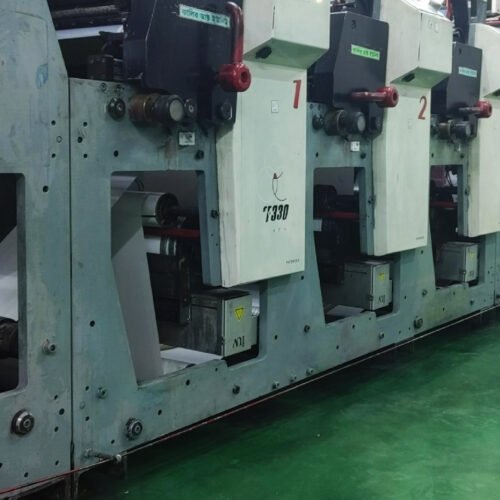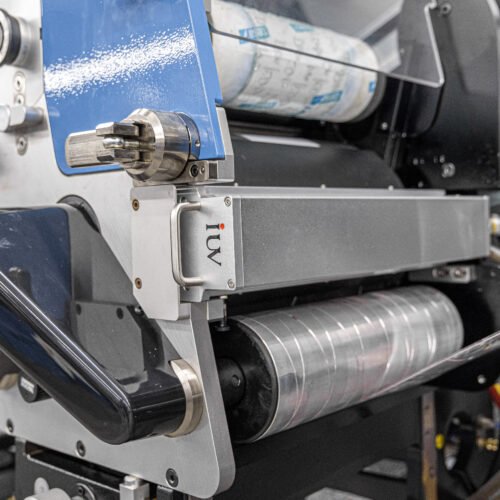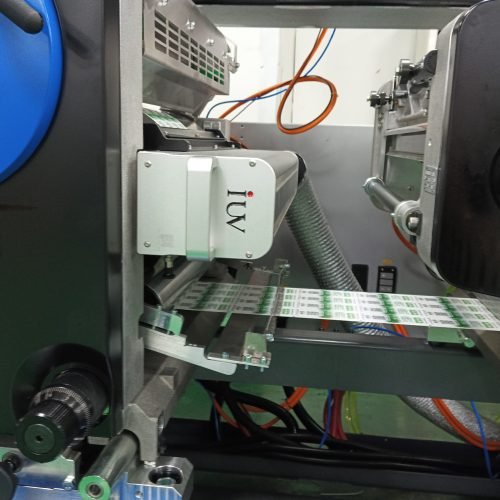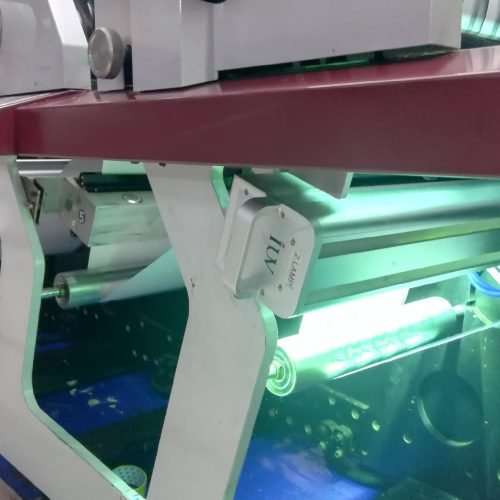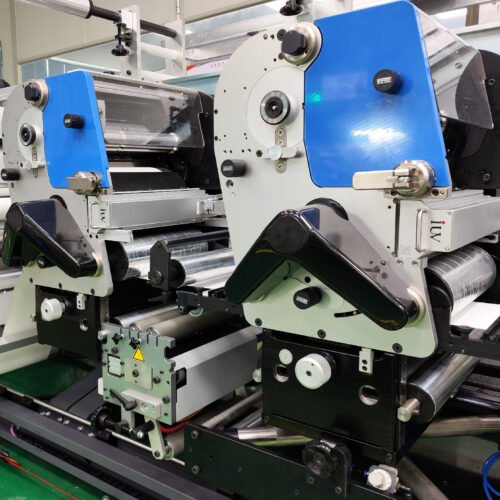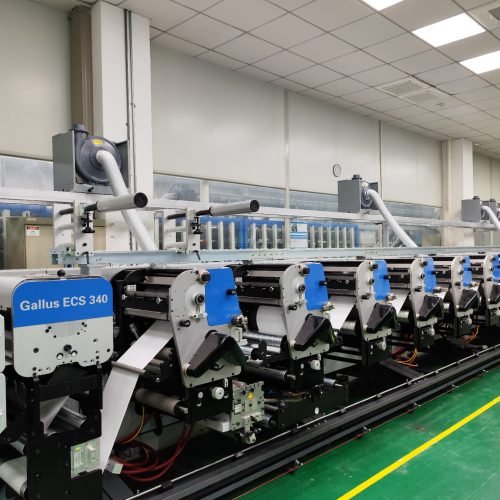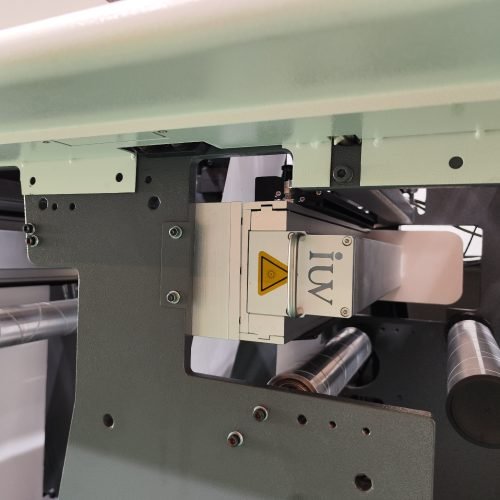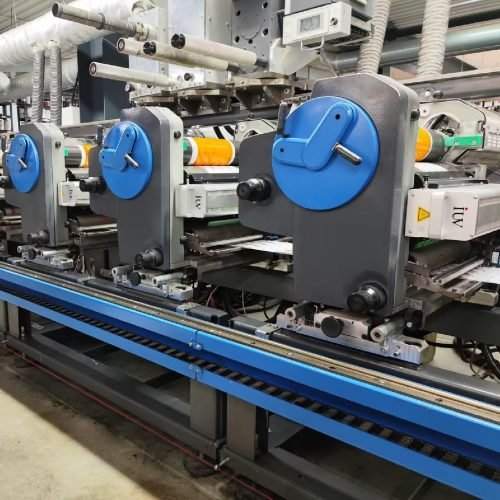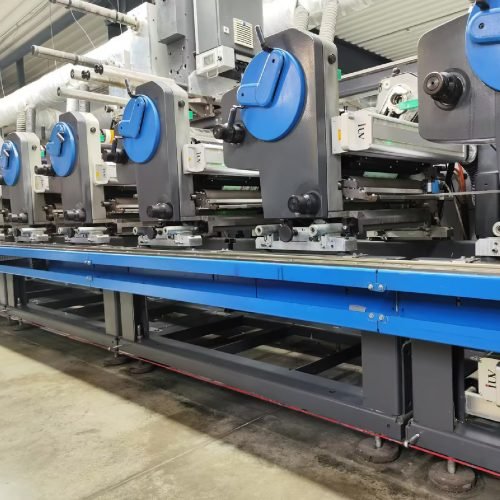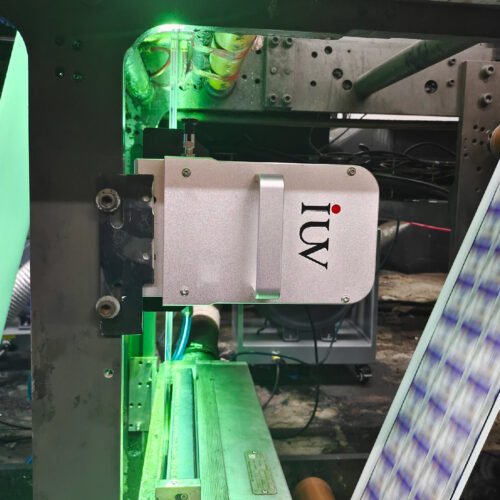The world of narrow web printing is constantly evolving. Brands demand vibrant colors, durable finishes, and quick turnaround times. For label printers, this means staying ahead of the curve with the latest technology. Two prominent curing methods in flexographic printing are traditional UV and LED UV. But what’s the real difference? Understanding this distinction is key to optimizing your production, reducing costs, and delivering superior quality labels.
Traditional UV curing has been a workhorse in the printing industry for decades. It utilizes mercury vapor lamps to emit ultraviolet light. This UV light initiates a photochemical reaction within the ink or coating. This reaction causes the monomers and oligomers in the ink to polymerize, effectively curing or hardening the ink layer. Think of it as instantly baking the ink onto the substrate.
These mercury lamps operate at high temperatures. This means they require significant energy to run and produce a considerable amount of heat. This heat can be a concern when printing on heat-sensitive substrates, such as certain films or thin papers. You might need to implement additional cooling systems to prevent substrate distortion or damage. Furthermore, mercury vapor lamps have a finite lifespan. They degrade over time, meaning their UV output diminishes. This necessitates periodic replacement, which adds to the ongoing operational costs. The disposal of spent mercury lamps also presents environmental challenges and associated expenses.
LED UV curing represents a significant technological leap. Instead of mercury vapor lamps, it employs Light Emitting Diodes (LEDs). These LEDs emit UV light at specific wavelengths. The inks and coatings used with LED UV are formulated to cure most efficiently at these precise wavelengths. This targeted approach offers several advantages over traditional UV.
One of the most striking differences is energy efficiency. LEDs consume considerably less power than mercury lamps. This translates directly into lower electricity bills for your printing operation. Moreover, LEDs generate very little heat. This makes them ideal for printing on a wider range of substrates, including delicate and heat-sensitive materials, without the risk of damage or deformation. You gain much greater flexibility in your material choices.
Another key advantage of LED UV is longevity. LED lamps have an exceptionally long operational lifespan, often tens of thousands of hours. This is far longer than traditional mercury lamps. This dramatically reduces the frequency of lamp replacement, saving you both money and downtime. The consistent UV output of LEDs also means more predictable curing results over their lifespan. You won’t experience the gradual decline in curing performance that can occur with mercury lamps.
From a print quality perspective, both systems aim for fast, reliable curing. However, the precise wavelength control of LED UV can sometimes lead to sharper dot definition and improved print clarity. This is because the curing process is often more controlled and localized. The reduced heat output also minimizes the risk of ink spread, which can further enhance image fidelity. For demanding applications requiring high detail and color accuracy, LED UV can offer a distinct edge.
When considering narrow web label printing, the choice between LED UV and traditional UV often boils down to a few critical factors. Cost is always a consideration. While the initial investment for an LED UV system might be higher, the long-term savings on energy, lamp replacement, and potentially reduced cooling requirements can make it a more economical choice over time. Think of it as a smart investment in your operational efficiency.
Environmental impact is another growing concern for many businesses. The energy efficiency of LEDs contributes to a smaller carbon footprint. The absence of mercury in LED systems eliminates the hazardous waste associated with traditional lamps. This aligns with sustainability goals and can be a significant selling point for your environmentally conscious clients.
Integration into existing press setups is also a practical matter. Retrofitting an LED UV system onto a flexo press is often simpler than integrating traditional UV. The lower heat and power requirements mean less modification to the press itself. Many modern narrow web presses are now designed with LED UV curing as a standard or readily available option.
The type of inks and coatings you use is also important. While traditional UV inks are widely available, the market for LED UV specific inks and coatings has grown substantially. These LED-tuned inks are formulated for optimal performance with the specific wavelengths emitted by LED lamps. This ensures efficient and complete curing, leading to the best possible print results. Discussing ink compatibility with your suppliers is always a wise step.
In summary, the “real difference” between LED Flexo and traditional UV Flexo printing lies in their core technology and the resulting operational benefits. Traditional UV uses mercury lamps, which are energy-intensive, generate significant heat, and have a shorter lifespan. LED UV utilizes energy-efficient, long-lasting diodes that produce minimal heat and offer precise wavelength control. For narrow web label printers, this translates to lower operating costs, greater substrate flexibility, improved print quality potential, and a more sustainable printing process. While the initial cost might seem higher, the long-term advantages of LED UV curing often make it the superior choice for modern label production.

